Tasting Tel Aviv
I have never kept a journal consistently, but I do carry a notebook in which I jot down thoughts, lists and resolutions. In this notebook is a list of travel destinations, which I try to place in order of priority. Recently the list looked like this:
1. Tel Aviv
2. Bali
3. Berlin
4. Sicily
5. Desert trek
6. Thailand
I can now tick the first one, while my Berlin trip is booked for July, and I have scheduled Bali (and perhaps Thailand) for this upcoming winter. How did Tel Aviv make it to the top of the list? A blog post by my friend David Lebovitz planted the seed, and a conversation with him over lunch at the gluten-free café Thank You My Deer in Paris had me booking a ticket a couple of days later. Between reading the blog post and talking to David, I had been cooking from Jerusalem, the surprise bestseller by Yottam Ottolenghi and Sami Tamimi. As I prepared these dishes packed with seasonal vegetables, fresh herbs and evocative spices, it occurred to me that there is no cuisine I love better than this Mediterranean-meets-Middle-East style, yet I had never travelled to that part of the world.
The first person I contacted was Moshe Gilad, a friend and fellow travel writer based in Tel Aviv. We didn’t know each other very well before my trip, but from the moment I landed he and his wife Iky made Tel Aviv feel like home. Since my flight landed in the middle of the night, I spent the first night in a hotel before moving to Airbnb accommodation. I chose the Mendeli Street Hotel for its legendary breakfast, and if I could do it again, I would probably stay there the full four nights just so that I could feast each morning. Served as a dazzling buffet, this was the sort of breakfast you never forget. It provided a perfect introduction to the Israeli way of eating: fresh, colorful, generous and spiced just enough to accent the main ingredients without overwhelming them.
I could have happily sat there all morning tasting every dish from the spread, but because I only had three days in Tel Aviv I had a full day planned, with a food tour in the morning and a graffiti tour in the afternoon. To get to the meeting spot for my tour with Inbal Baum of Delicious Israel, I hopped on one of the Tel-O-Fun city bikes and rode along the seafront towards Jaffa, which gave me a chance to take in the modern cityscape. Though Tel Aviv has some older neighborhoods which I would later discover, this is definitely a forward-looking city rather than one anchored in its history.
Thanks to Inbal, I would learn more about that history, starting with the Jaffa orange and its significance for the city. We wandered through Jaffa, stopping to taste what is possibly the best hummus in town at Ali Karavan and sample malabi, a milk pudding flavored with rosewater and pistachios. Next, we visited the Jaffa flea market and nibbled on flatbread thickly coated with za’atar spice mix, a seasoning I now can’t live without. We stopped at the Friday organic food market near the renovated Ha Tachana train station, where I picked up a bottle of refreshing passion fruit wine and some truly addictive halva, then wandered into Neve Tzedek, a once run-down neighborhood dating from the late 19th and early 20th centuries that has now become one of the city’s most fashionable and expensive districts. I was thrilled to be spending time with Inbal, feeing that I had found my food soul sister in Israel, but had to miss her tour of the Carmel market to check into my apartment.
No sooner had I dropped off my suitcase than I rushed out again to meet Guy Sharett of Streetwise Hebrew, who leads fascinating tours in the Florentin district focusing on urban art and the Hebrew language. Founded in the 1920s, this is the city’s most bohemian district, with crumbling buildings that have yet to be restored. I might have walked past the ever-present graffiti without taking it in had it not been for Guy, who pointed out the works of different artists as well as historic details such as the dates on manhole covers. At one point we chatted with an 11-year-old artist, Tra, who has made a name for himself with his Botox-themed graffiti. Though graffiti is not exactly legal in Tel Aviv, the authorities look away as long as the artists work discreetly.
Later Moshe and Iky took me to one of their favorite restaurants, Joz and Loz. Seated in the courtyard garden, we tasted modern Middle Eastern dishes with a touch of European and Asian influence, such as artichokes stuffed with spinach, nuts and breadcrumbs and topped with lemony capers, or “pat a shoo: small magical dough dumplings with greens and mozzarella”. At one point, another friend joined us and I asked her how much of the produce served would be local in most restaurants. She looked at me, almost puzzled, and said “all of it”.
Since the next day was Shabbat, my friends suggested I go to Jerusalem, where the sights, restaurants and Arab market remain open. Because public transport was not running, I took a shared taxi from in front of the bus station, which was easy and cheap to do. It took about an hour to drive to Jerusalem, where I found another taxi to take me to Jaffa Gate, the main entrance to the Old City. Packed with tourists and pilgrims, Jerusalem was a more overwhelming experience than Tel Aviv, and while I occasionally felt moved by the history I found it hard to take it all in at once. I also had a couple of run-ins with taxi drivers who took me in circles or didn’t turn on the meter, but in the end it brought out my inner Israeli, which proved a useful thing.
Food is never an afterthought in my travels and luckily before leaving for Jerusalem I had run into Guy and a foodie friend who told me where to seek out hummus in the Arab market. After getting a little lost in the labyrinth, I eventually found the unnamed stand with a few tables where I ordered a plate of hummus and a salad of chopped tomatoes, cucumber and herbs in a creamy sauce. If I thought I liked hummus before visiting Israel, it became clear to me during my first breakfast at the hotel that I had never actually tasted this dish. In Israel, it’s served fresh and warm, and has an airy creaminess that I had never experienced. Usually it’s topped with whole chickpeas, and sometimes with chopped garlic and herbs. Inbal explained that garlic is considered a topping rather than a main ingredient of this purée. Here at the Arab market it was doused in plenty of olive oil and served with the standard pillowy pita, which I used to mop up every last drop.
I met Inbal again on my last day to visit the Levinsky Street spice market, more of a street lined with shops than an actual market. Though I was endlessly fascinated by the stalls selling dried fruits, nuts, olives, herbs and teas, my favorite stop was a corridor-like spice shop with no name above the entrance. Here, I stocked up on pure spices and mixes such as Egyptian doa, curry-like hawaij from Yemen, and the intriguingly named Philadelphia, which turned out to be a kind of mild chili powder. The sumac I bought here was purple like the skin of an eggplant, rather than red as I had previously seen.
Moshe then picked me up to show me another side of Tel Aviv, as he felt I had been spending too much time in arty neighborhoods. He declared Sunday to be pita day, and we first tasted an outstanding traditional version at the down-to-earth Tadmor, where you can help yourself to around a dozen sauces and toppings, before trying modern variations with lamb, chicken livers or roasted vegetables at Miznon, which has a branch in Paris. He then whisked me to Rothschild boulevard, the Champs-Elysées of Tel Aviv, where we sat in the fashionable café Rothschild 12 watching the youth at play. Along this boulevard he pointed out many examples of Bauhaus architecture, which can also be found in more derelict form in the Florentin neighborhood and done up in Neve Tzedek. Finally, we strolled through the Tel Aviv Port, which has recently been restored with a wooden promenade and hip bars and restaurants.
My last day was the eve of Holocaust Memorial Day, which meant that all restaurants and shops closed at sundown. I was happy to stay in my apartment in Neve Tzedek, listen to music and nibble on the boureka I had bought that morning at the spice market. Just before my plane left the next day I was able to take part in the minute of silence, which was a moving moment. I only spent a long weekend in Tel Aviv, but it was enough to get a real taste of – and for – this fast-changing city.

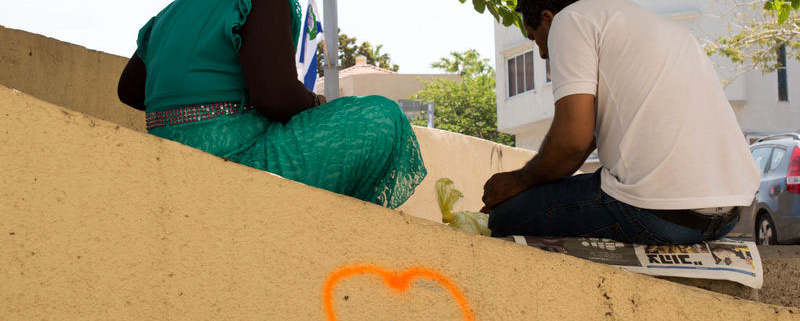
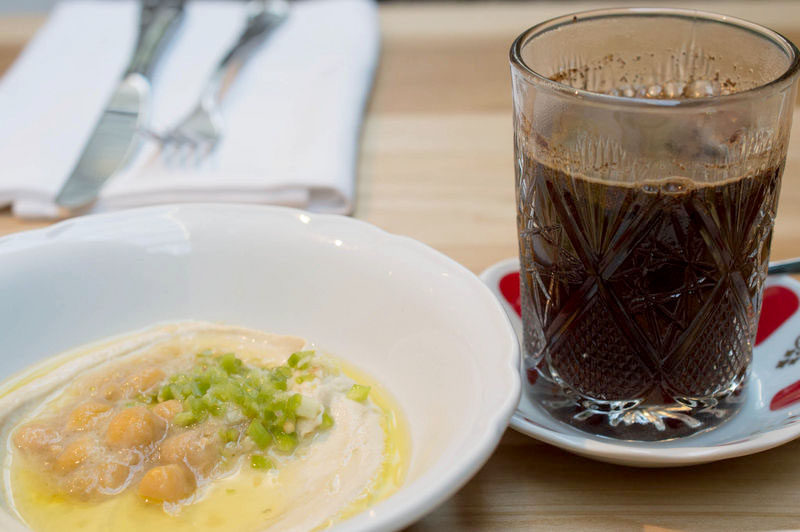
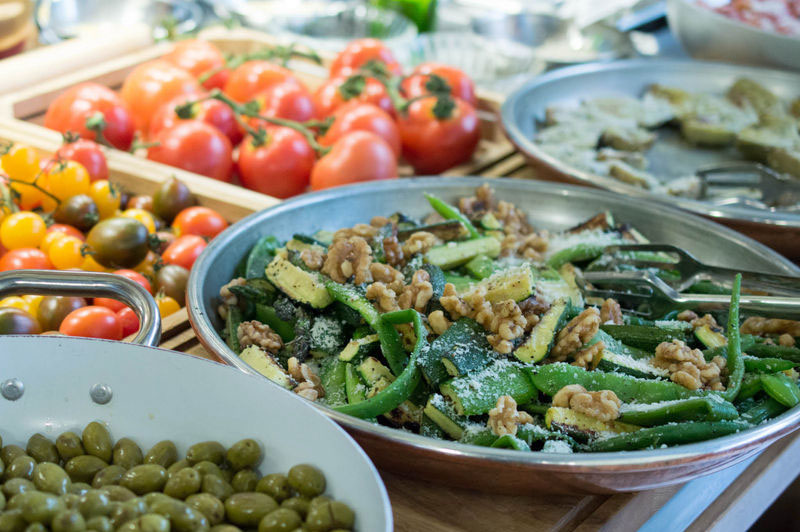
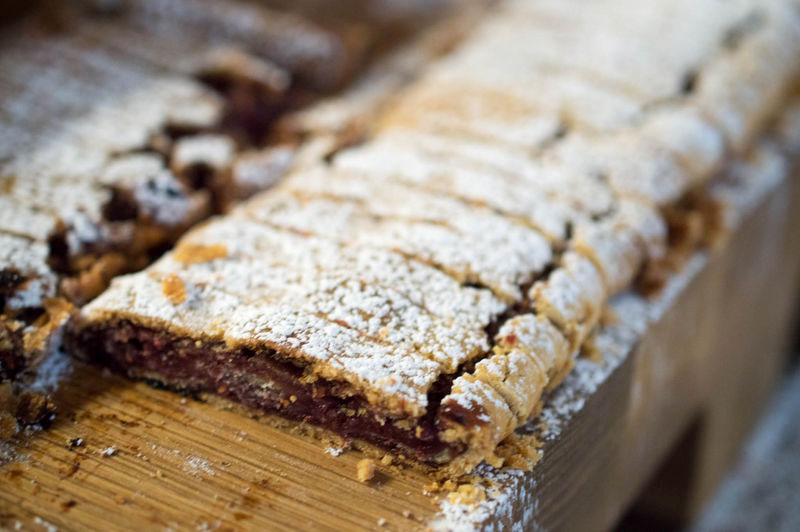
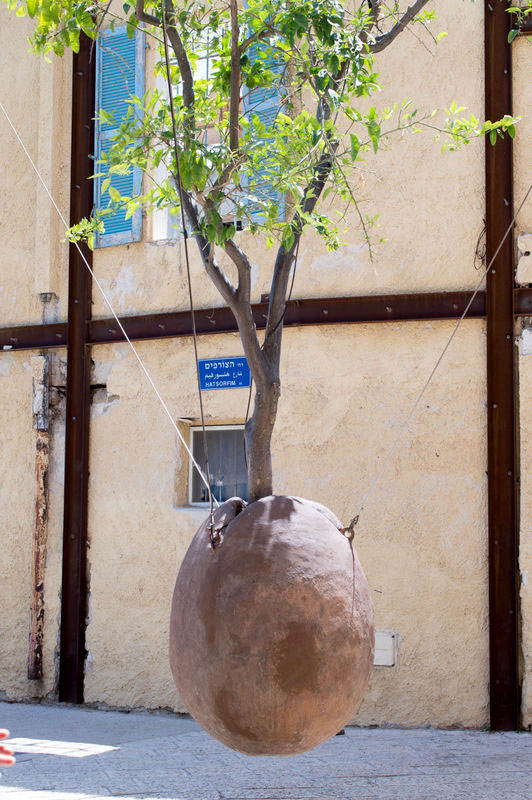
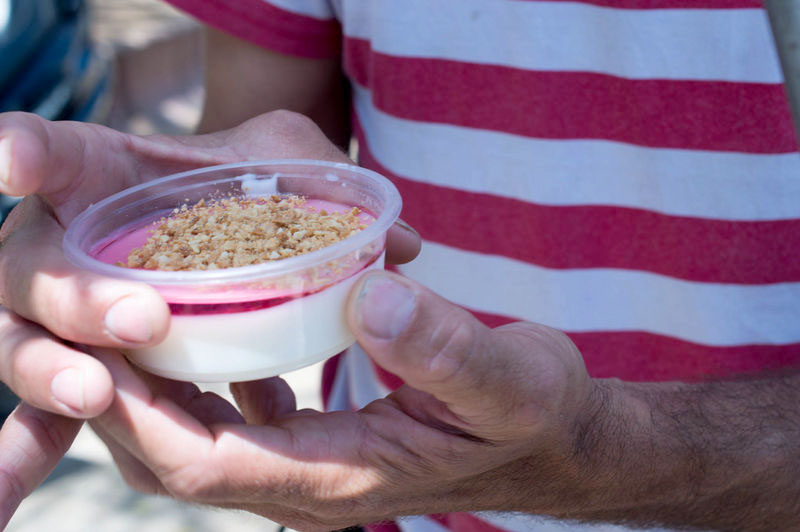
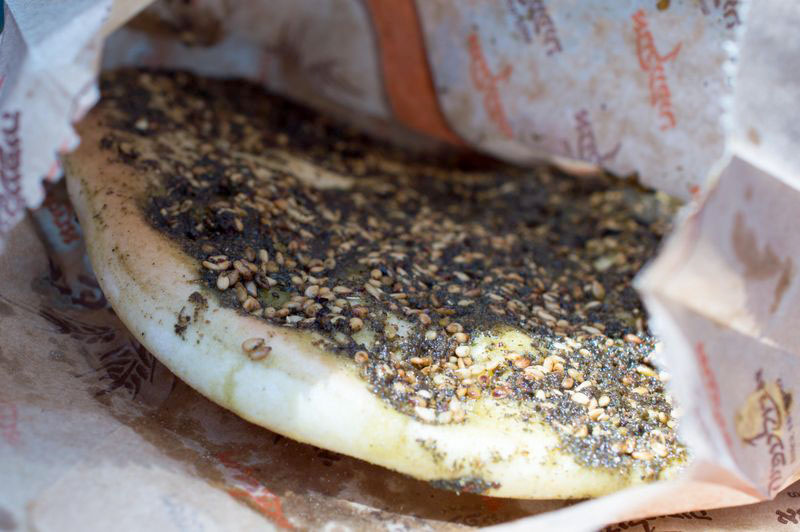
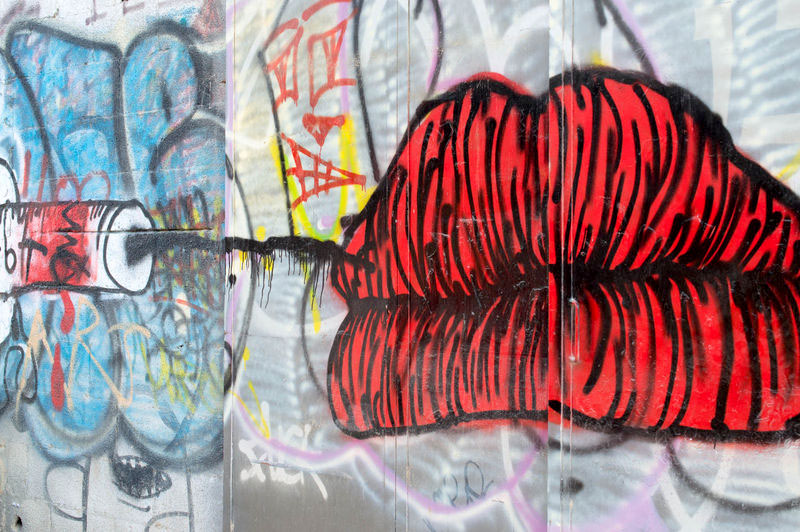
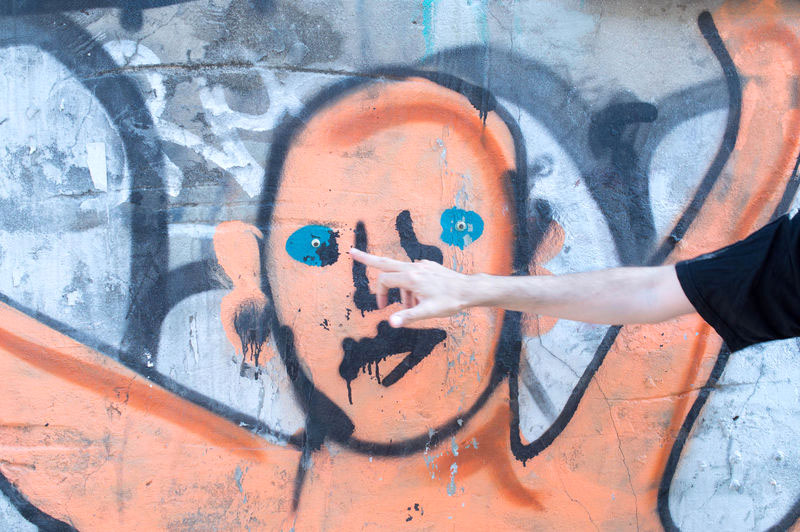
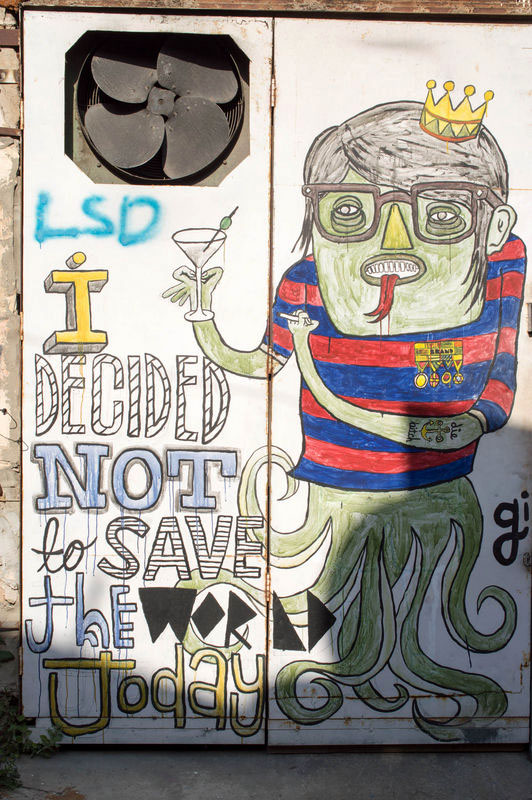
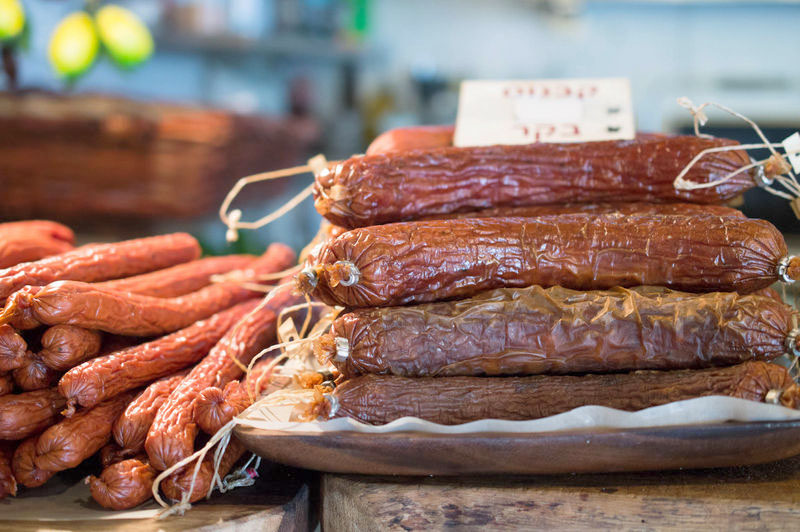
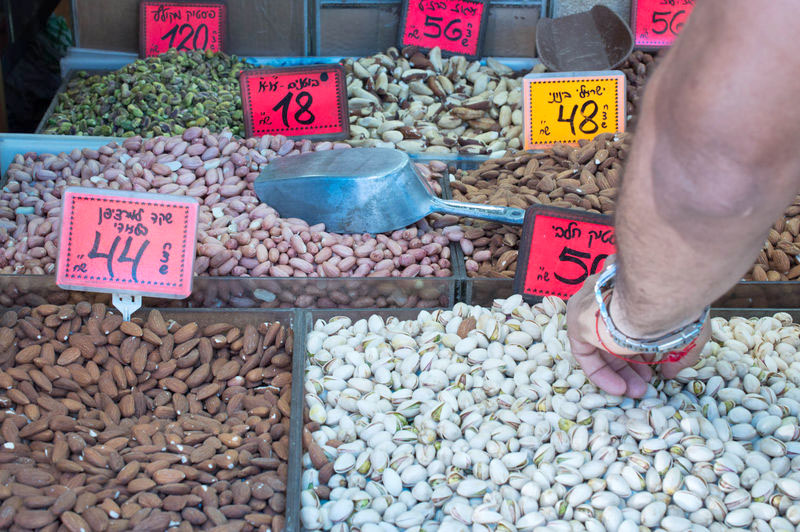
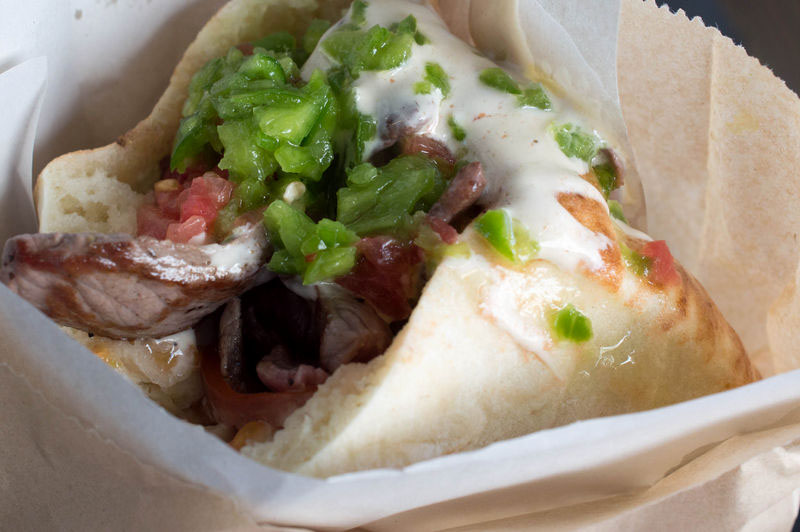
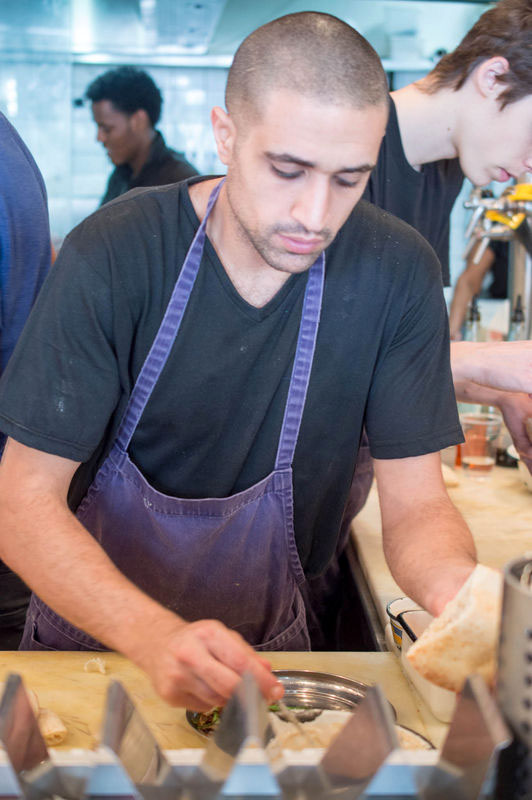
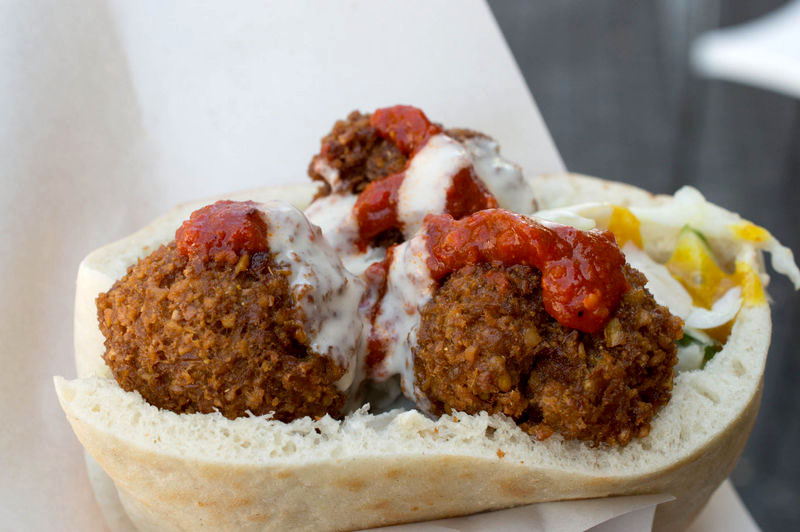


Dalia, I take that as a great compliment that I can make an Israeli drool! Hope you can return someday soon.
Rose
I came upon your description of your short visit to Israel. Being an Israeli who was born in Jerusalem, I was literally drooling reading your descriptions. I havent been back in quite a few years, but I could almost smell and taste the neighborhoods you described. Thanks much – it was a pleasure travelling with you.
Thank you for your kind comments Sandra! Judy Witts Francini is my food diva in Italy, she is based near Florence and you can visit her website at http://www.divinacucina.com.
Hi Rosa,
I came upon your blog because I saw Simon’s post on FB. I used to work with Simon in San Francisco. The website looks wonderful and I wish I had the time/money to go to Nice and take one of your classes! Maybe next year. The cooking classes look so enticing. In the meantime, I am heading off to Italy on June 28. I was wondering if you have any recommendations for cooking classes there? Most of our time will be in Roma, Firenze, Venezia. Best wishes, Sandra
That’s so great Carla! You should definitely meet Inbal when you’re there, and try to do a graffiti tour too!
Hi Rosa. How neat to find this post on your blog. About a month ago I decided to plan a 2 week pilgrimmage to Israel for myself: 1 week spiritual, 1 week culinary and self-indulgent. Your post has a great list of eats that I will be sure to look up when I go in spring of 2015. Thanks so much! Looking forward to reading about Berlin.